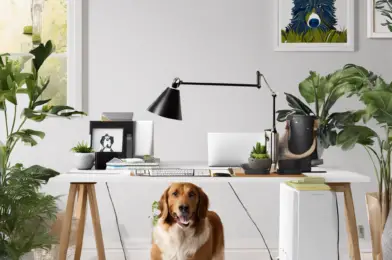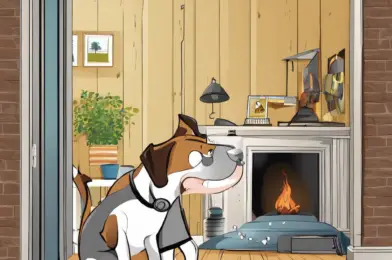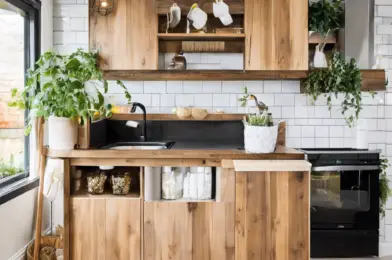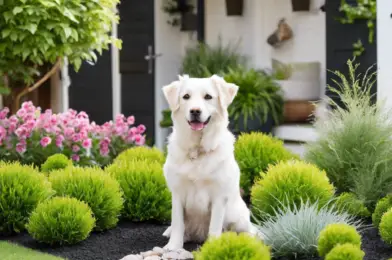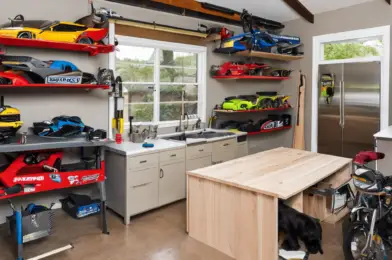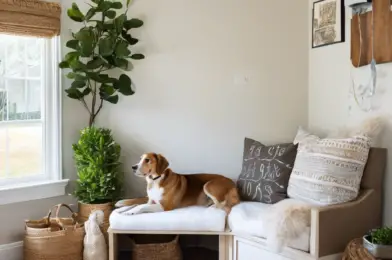Are you a dog lover who finds yourself working from home more often than not? Many of us have embraced the joys of having our furry friends by our side while we tackle the daily grind. But as every dog parent knows, our canine companions require some extra considerations when it comes to creating a harmonious work environment. So, how can you design a home office that accommodates your work needs and provides a paw-some space for your four-legged friend? Let’s dive into some creative ideas for crafting the perfect dog-friendly home office!
**Create a Designated Dog Zone**
Carve out a dedicated area in your office specifically for your dog’s comfort and entertainment. A cozy dog bed, some fun toys, and a water bowl will make them feel right at home. Consider a soft rug or a comfortable mat to define their space within your workspace. This designated spot will give your pup their own little haven, keeping them happy and relaxed while you focus on work.
**Incorporate Storage Solutions**
Keep your office clutter-free and dog-safe by investing in stylish storage options. Baskets and bins can store dog treats, toys, and other supplies, ensuring they are easily accessible but tucked away neatly. This not only maintains a tidy workspace but also prevents any curious canine noses from getting into mischief.
**Embrace Dog-Friendly Decor**
Choose pet-safe plants like snake plants or money trees to add some greenery to your office. Hang your dog’s portrait or create a gallery wall celebrating their cuteness. This personal touch will make your office space feel unique and inviting, reflecting the love you have for your furry companion.
**Provide a Snack Station**
Set up a small table or shelf for dog treats and snacks. Having their favorite goodies nearby can be a great reward system for when they’ve been extra well-behaved during your Zoom calls. Just be sure to keep human snacks out of reach to avoid any sneaky snackers!
**Make it Fun and Interactive**
Include interactive toys and puzzles to keep your dog mentally stimulated. These toys can provide entertainment and prevent them from getting underfoot when you’re trying to meet deadlines. Rotate the toys regularly to keep their interest piqued.
Working from home with a dog can be a delightful experience, but it requires thoughtful planning. By creating a designated space for your dog, incorporating practical storage solutions, and adding personal touches, you can design an office that both you and your furry colleague will love. So, embrace the challenge, get creative, and enjoy the company of your four-legged friend as you tackle the workday together!

